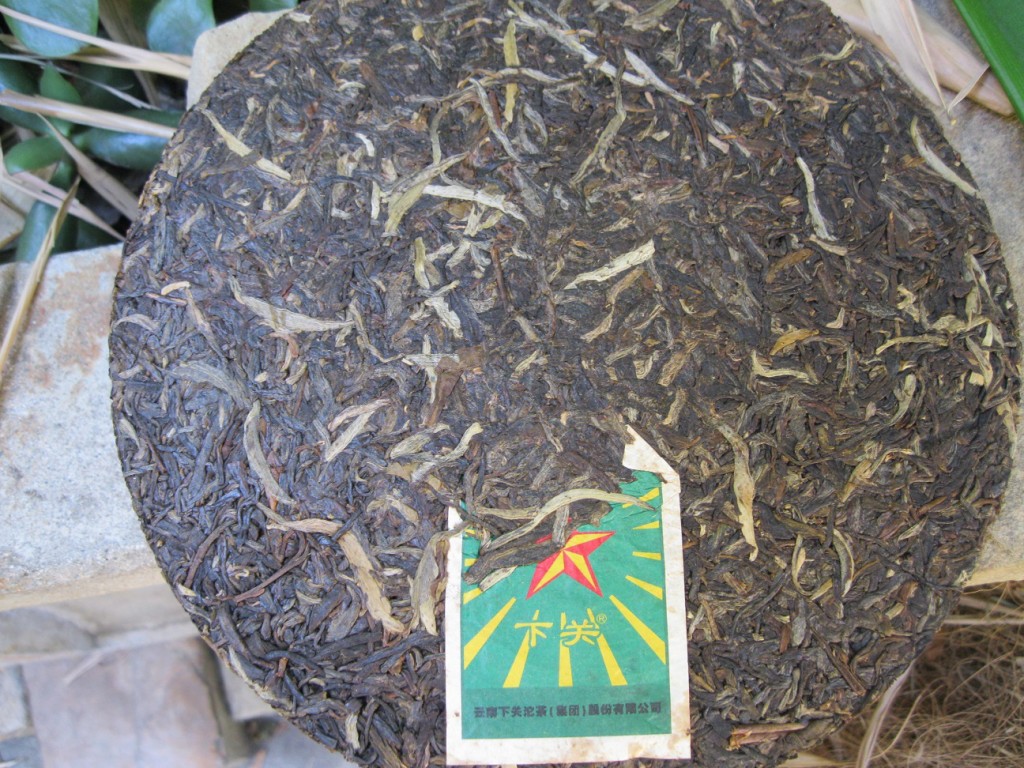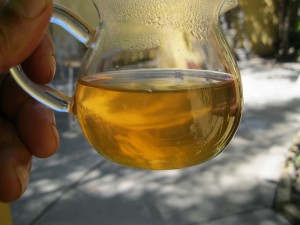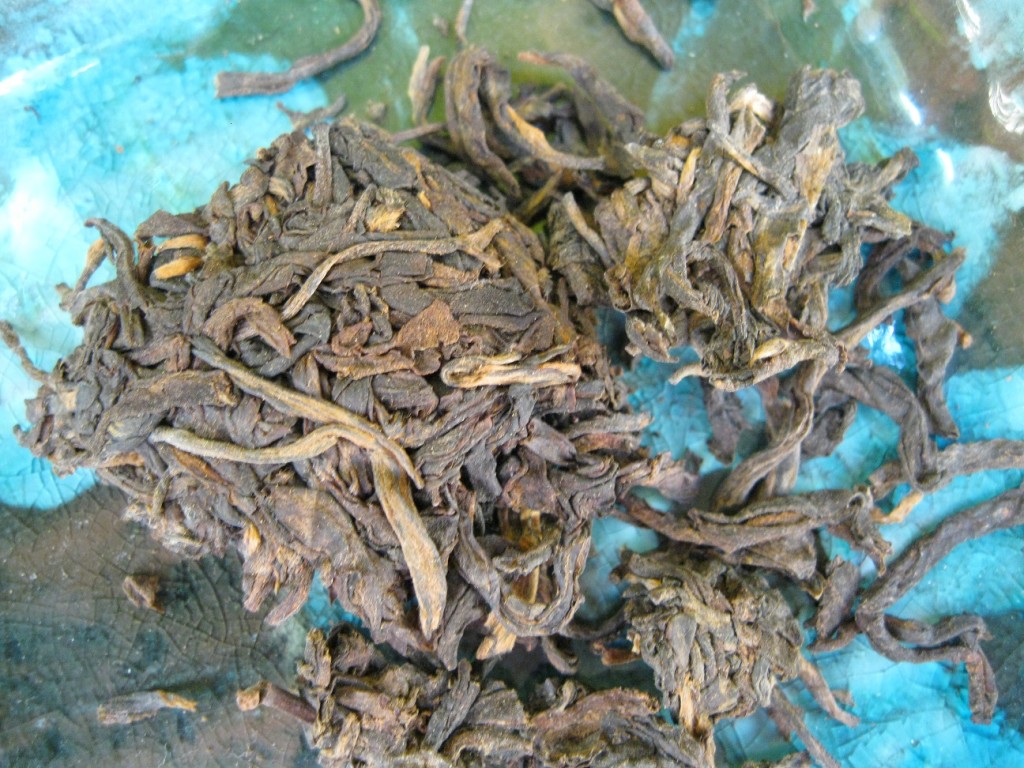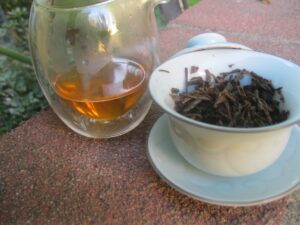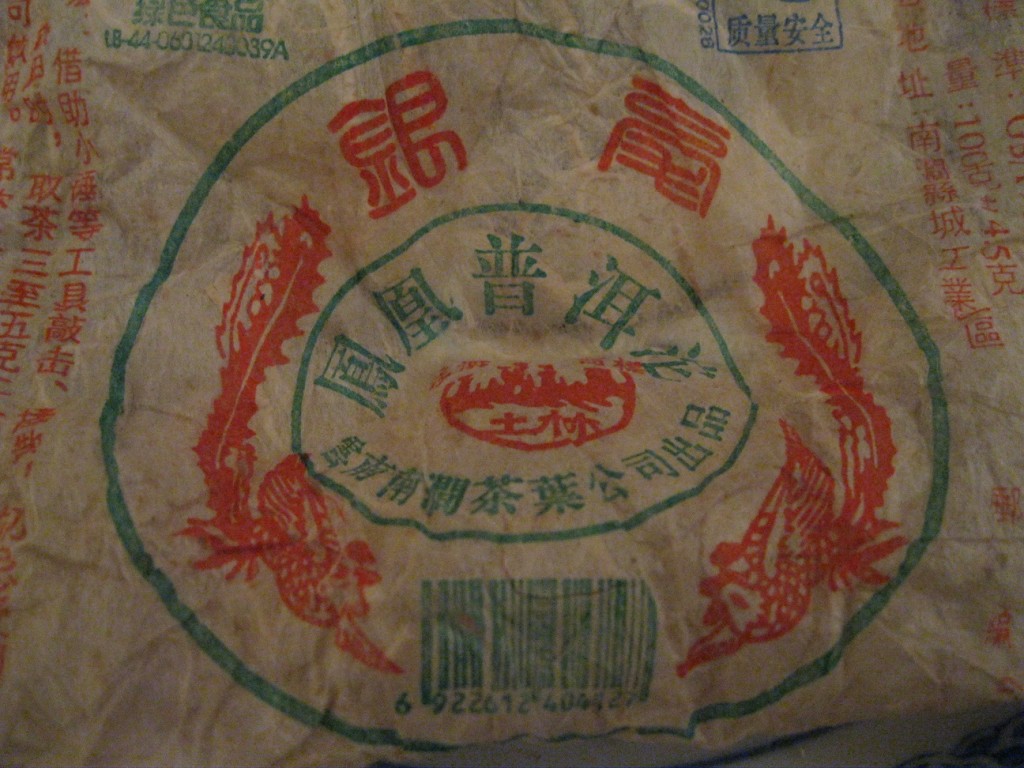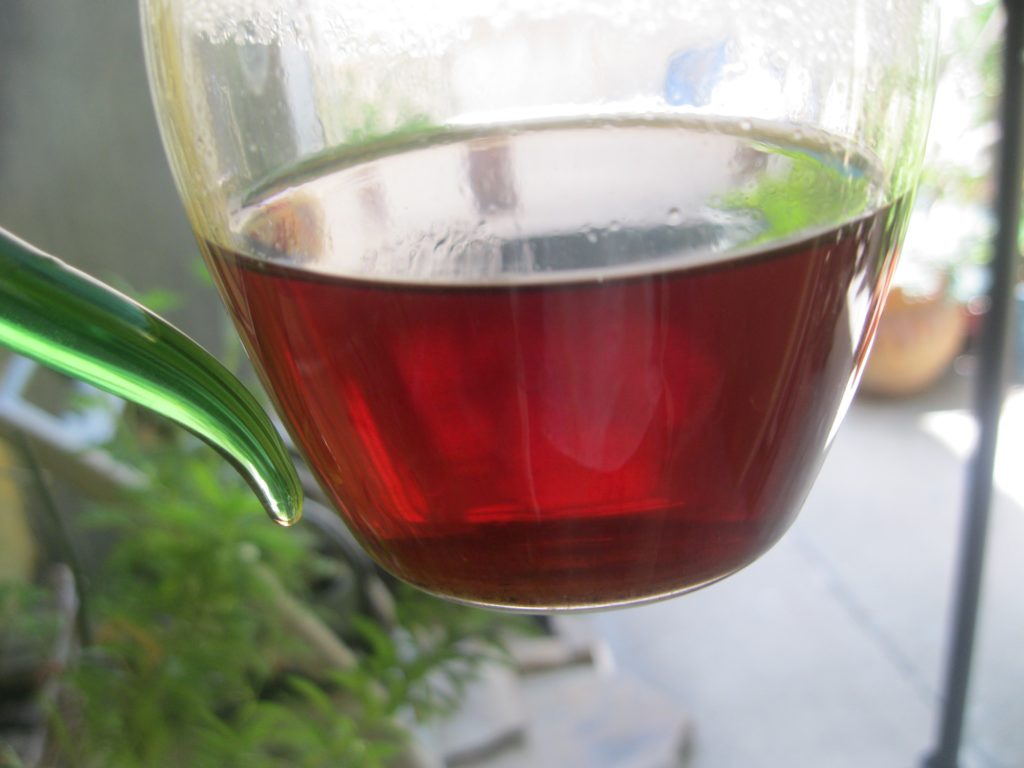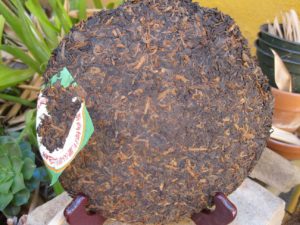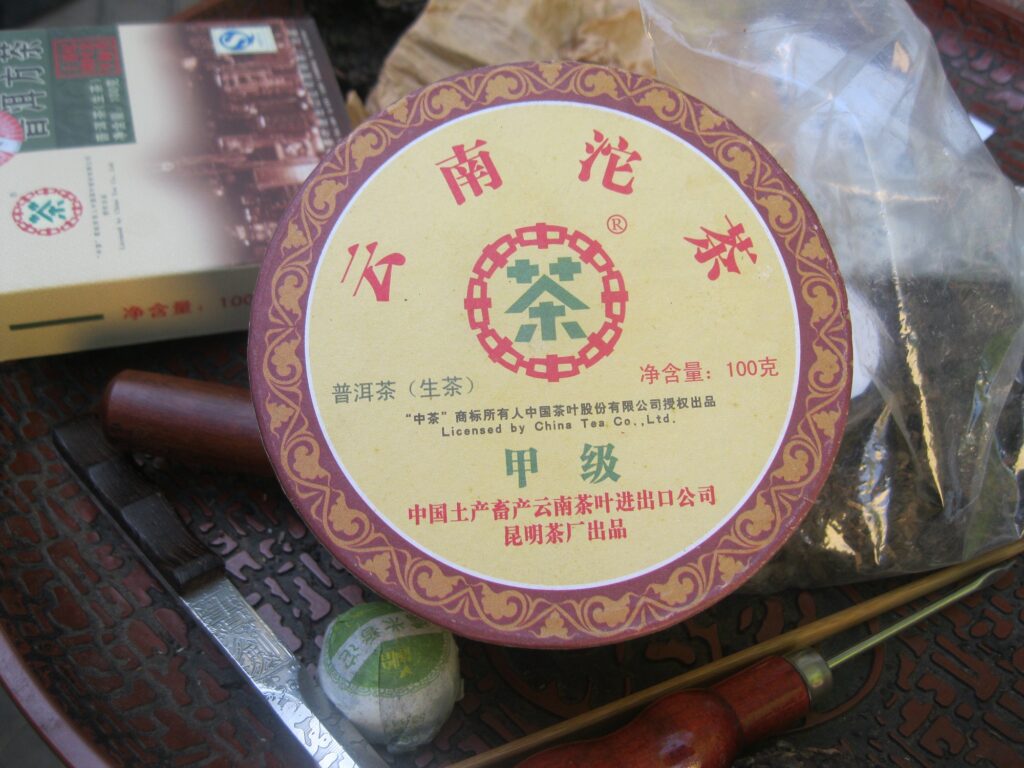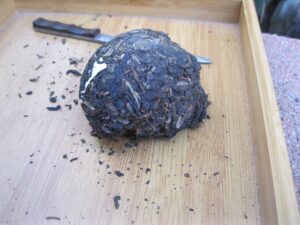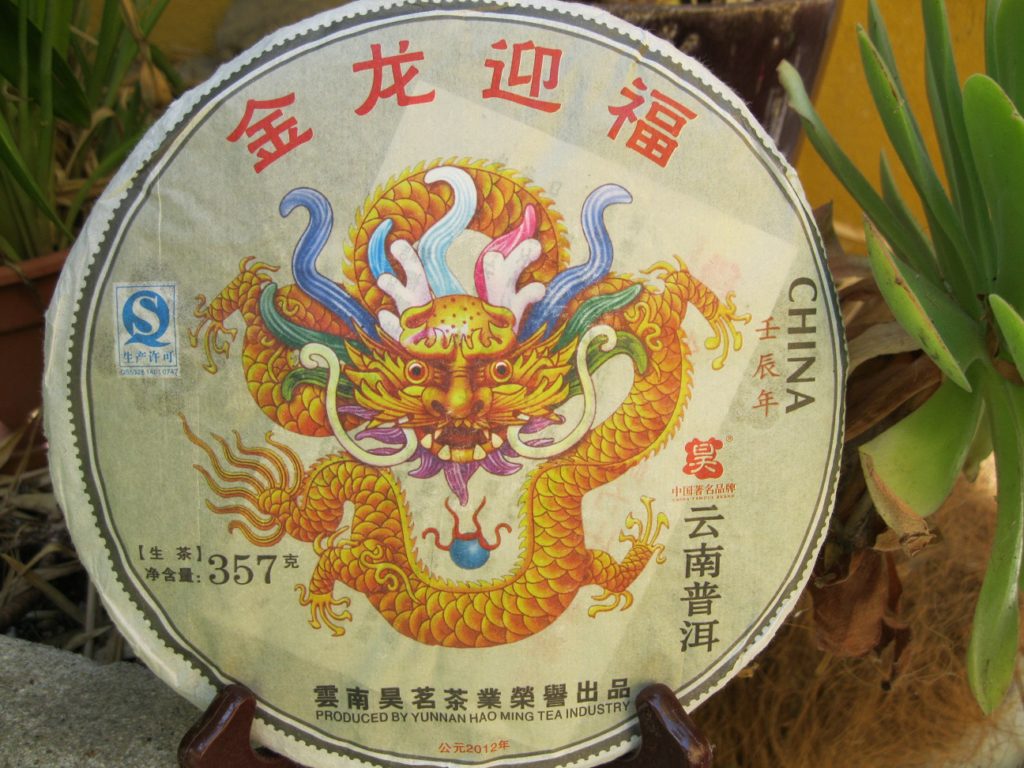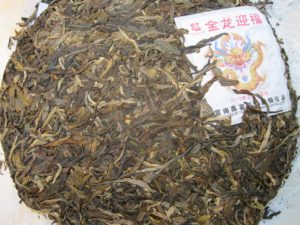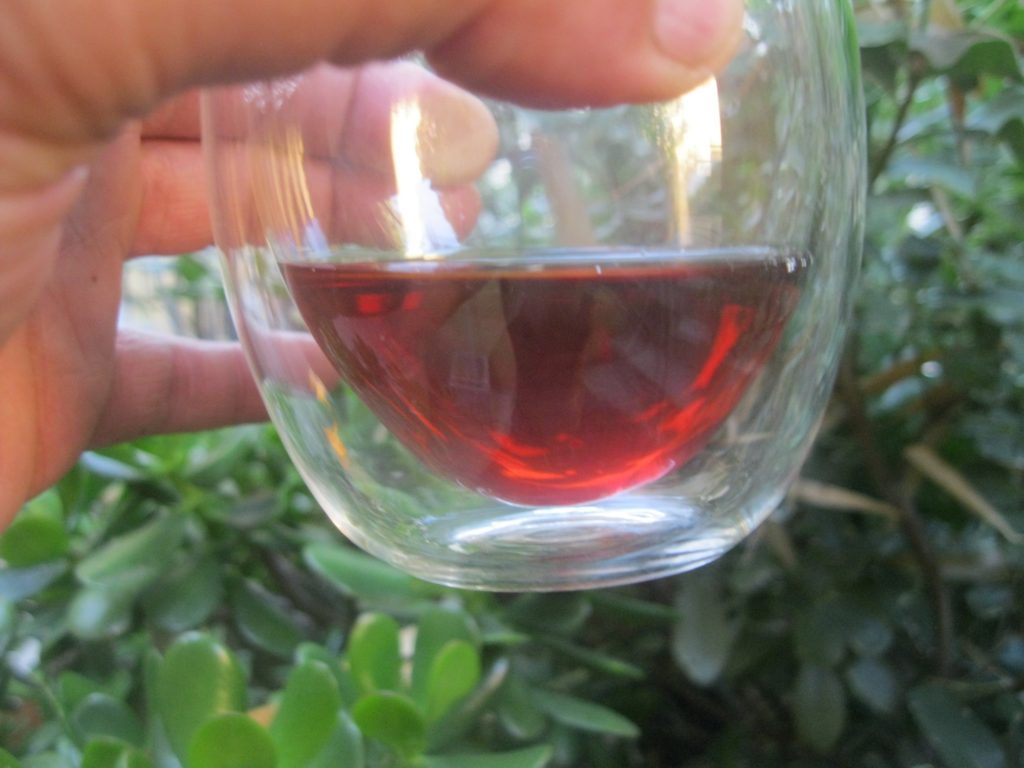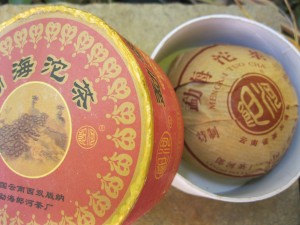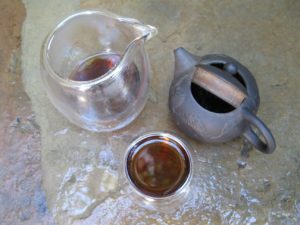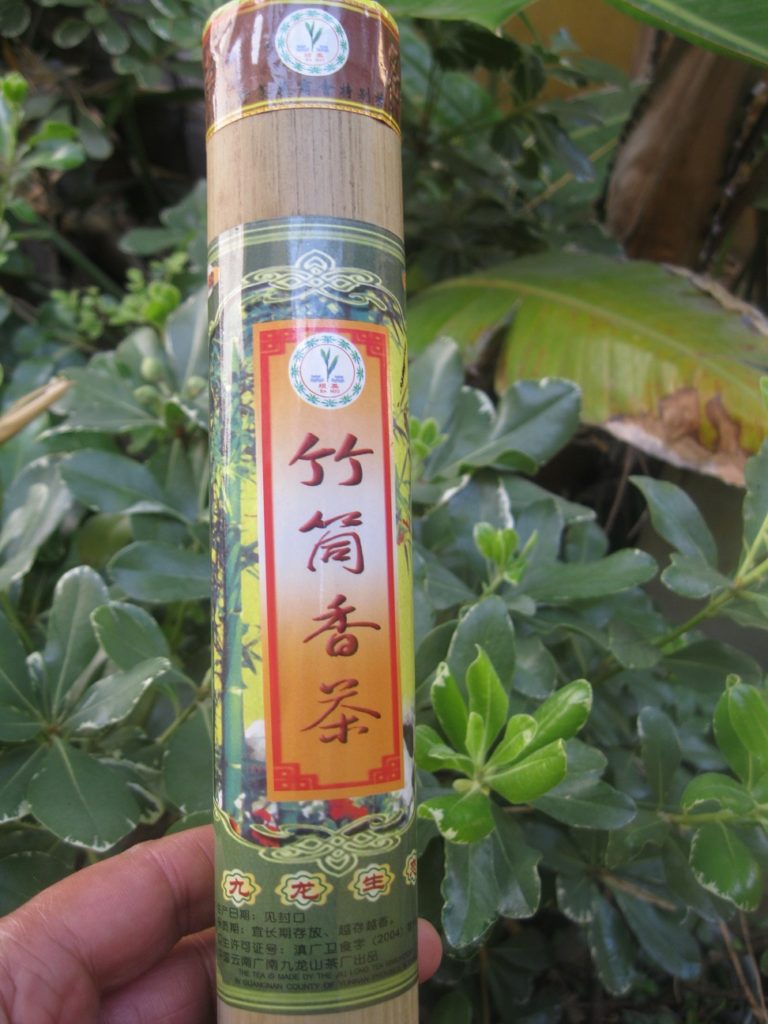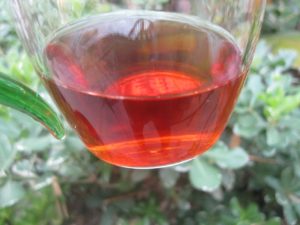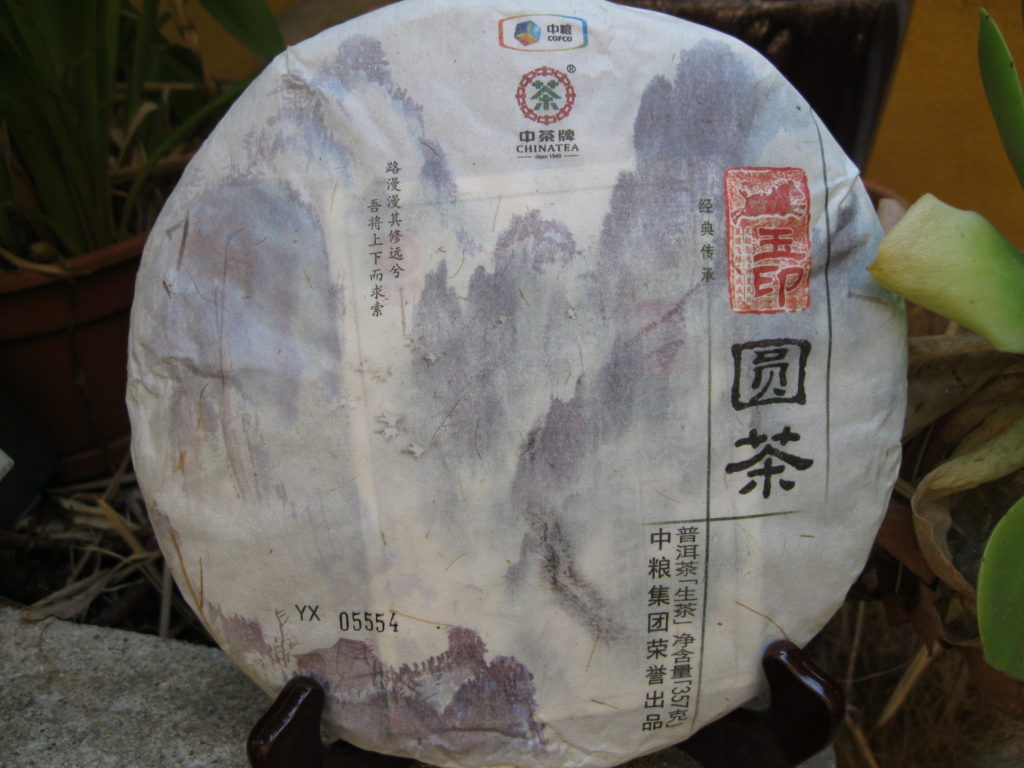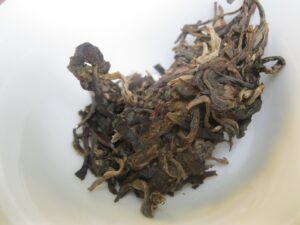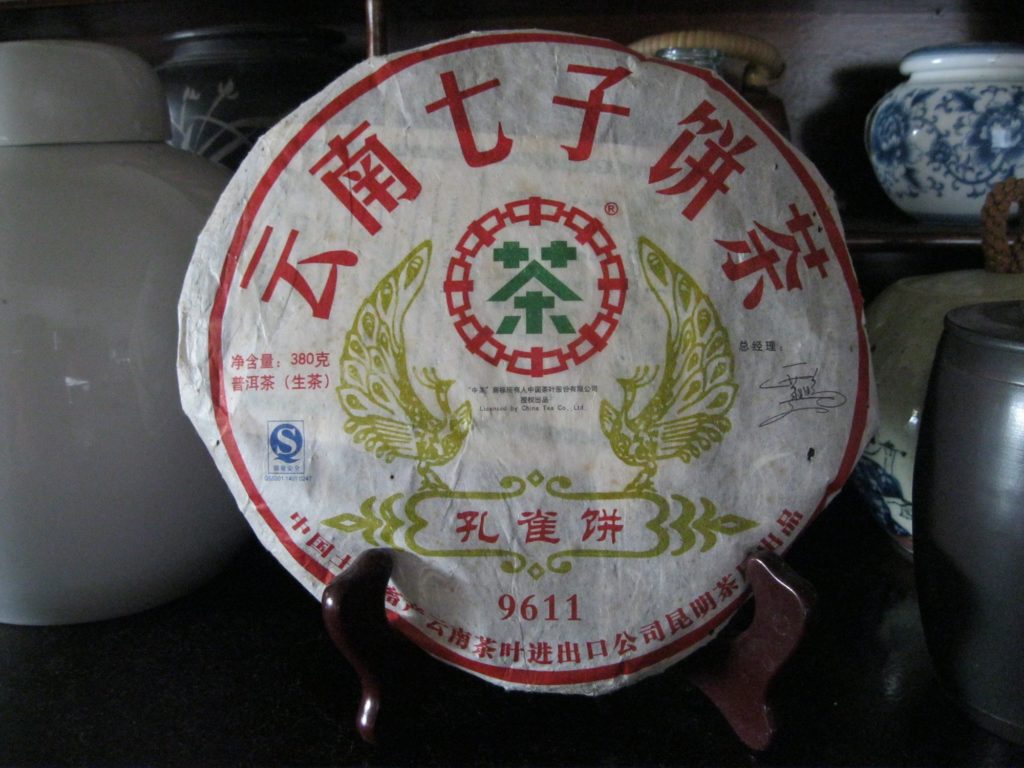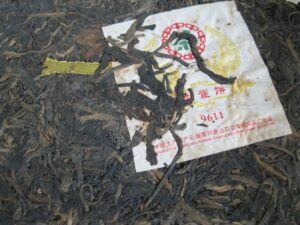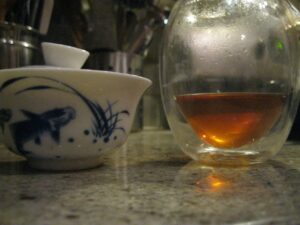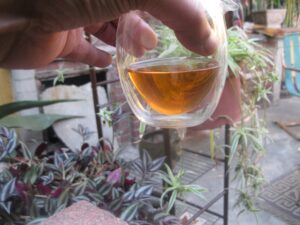Puerh Rating: Red Star
The Puerh Junky Rating System (PJRS) takes on the ’11 Red Star Iron Cake. It’s one of a few Xiaguan TF (XG) productions offered. There are so many XG productions available that I tend to venture elsewhere. When I do venture into the XG terrain, I’m looking for something aesthetically captivating. The Red Star certainly captivates.
After three rounds the total was as follows:
- Aroma 6
- Clarity 9
- Sweetness 7
- Viscosity 10
- Astringency 14
- Huigan 9
- Qi 8
Reflections
I wrote “peat” in my notes. It comes up in reference to puerhs on occasion. Is there any relationship to astringency? The Red Star performs outstandingly in the astringency category. Is “peat” the same thing I associate with soda? Not what right-minded folks call pop. I mean soda as in baking soda, sorta salty.
In a fairly recent post I wrote about how the Red Star Iron Cake has transformed. One of their more popular productions is the Gold Ribbon. What accounts for its popularity eludes me. It doesn’t possess the smoke of some of their other Crane icon productions, I suspect. Smoke will usually be some aspect of their offerings. The Red Star is no exception but it doesn’t adversely affect the taste in the least. It also transforms in a way that marks a dynamic process in the leaves. It’s not about tastes softening but actually cooking into something unrecognizable from the outset.
Conclusions
In reviewing the results, I felt I might have been a bit overly critical on the aroma score. This is probably because when I first got it, the aroma was at least twice as strong. Whatever is left in my stores has been here since May of ’16. I’ve never felt it needed punishment.
XG is an immensely interesting operation. I’ve previously mentioned that they are still about 1/2 state owned. Last I heard 50% of production is still reserved for Tibet. At the time of writing here in 2020, it is a sold everyday drinker in the tobacco class, with strong soda/peat notes. Classic XG expression, 5000X more than the Gold Ribbon. Puerh Rating Red Star
63/105, B

